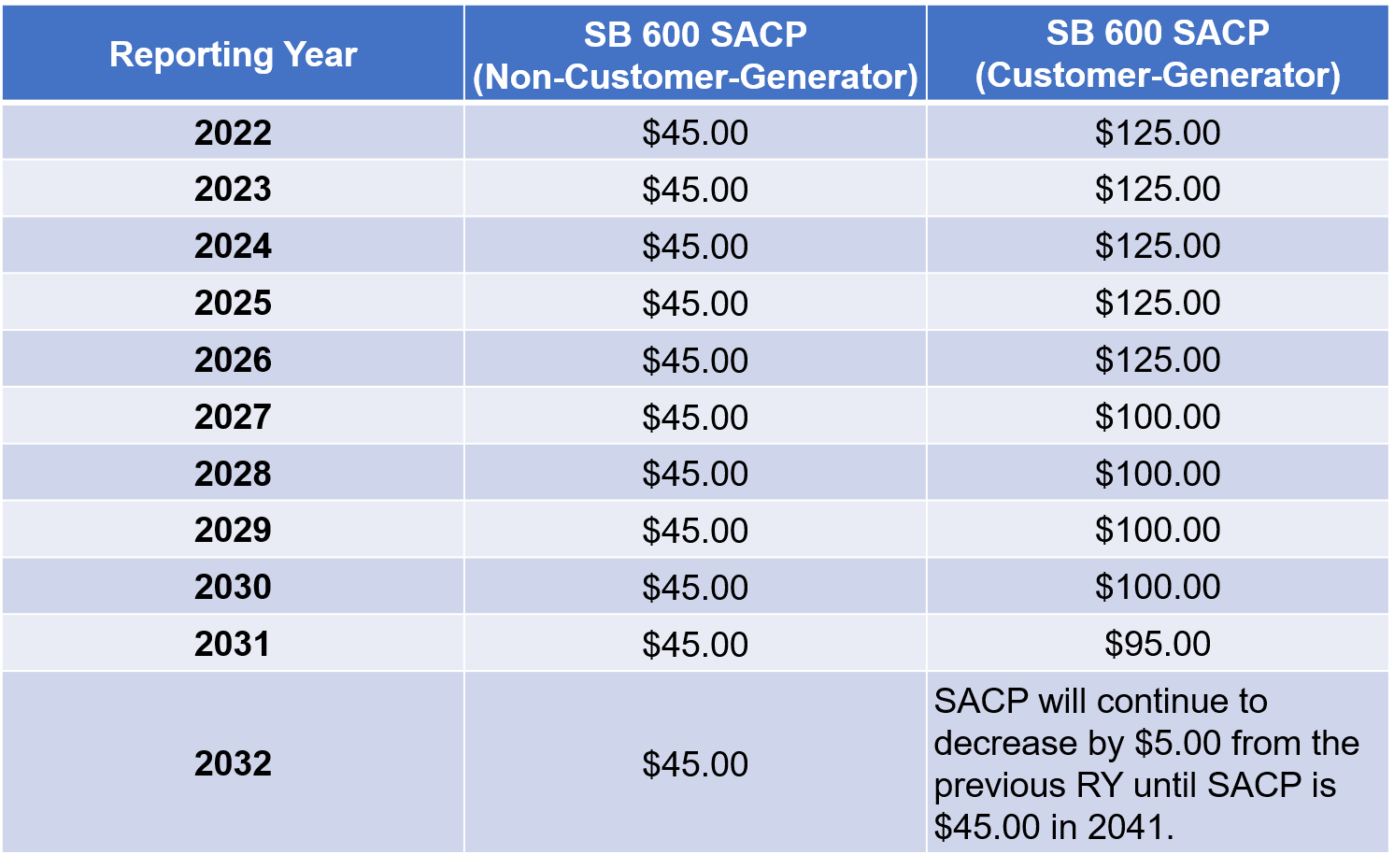
On Wednesday, May 29th, the Ohio House of Representatives passed House Bill 6 (HB 6) 53-43 that would repeal the state’s renewable energy mandate and replace it with a nuclear subsidy program under the moniker “Clean Air Program”. This nuclear subsidy program would help bailout two ailing nuclear power plants in Ohio owned by bankrupt utility FirstEnergy Solutions by adding a $1 surcharge on customers’ monthly utility bills. The program would also extend a surcharge of $2.50 per month through 2030 to support ailing coal plants across the state.
The bill would eliminate the renewable portfolio standard (RPS) in Ohio, a key component to maintaining the financial viability of renewables compared with other fossil-fuel based electricity generation resources. As such, nearly all renewable assets generating OH-certified renewable energy credit (REC) or solar renewable energy credit (SREC) products would cease to generate these credits as of the effective date of the bill. Additionally, the bill would do away with the nearly $200 million program to fund energy efficiency and demand response initiatives, which saved Ohio customers over $5 billion from 2009 to 2017, according to the Midwest Energy Efficiency Alliance.
The bill now moves on to the Ohio Senate. While state senators have not publicly voiced their support of the bill, outspoken support from Governor Mike DeWine and the Republican majority in the senate gives the bill momentum to pass.
SRECTrade strongly urges constituents and market stakeholders to reach out to members of the Ohio State Senate and voice their concern with this Bill. The Senate directory can be found here. SRECTrade will continue monitoring these policy proceedings closely and provide updates.
Tweet





